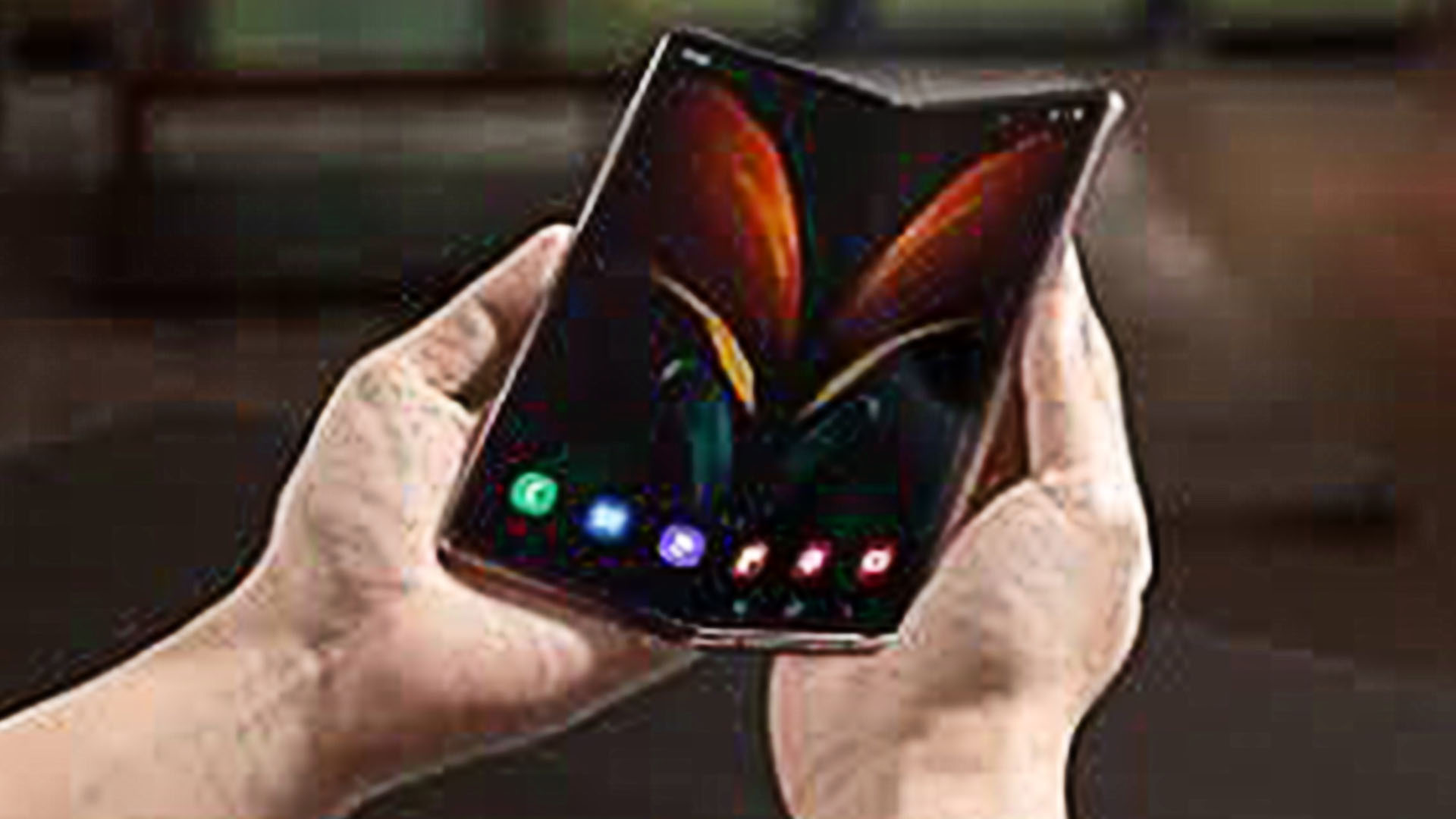4 years ago

Samsung unveiled its latest foldable phone Galaxy Z Fold 2 on Tuesday a year after the delay of the launch of its first generation four months due to technical flaws.
Featuring a 7.6 inches flexible screen, the new 5G compatible model is priced at 1,999 U.S. dollars, almost the same as its predecessor. The new iteration is thinner than the first Fold and the hinge is more resilient, Samsung said.
According to the company's introduction at the virtual launch, the Fold 2 has three cameras on the back of the device, allowing for an ultra-wide, wide angle and telephoto capabilities. The tablet-size screen allows users to watch videos or take photos with the phone partially opened, and multiple apps can be operated simultaneously on the main display.
"Foldables pack a big screen into a small design. Consumers can surf rich content, like video, on a large display, and then fold the device away neatly into a pocket or bag," said Neil Mawston, executive director at Strategy Analytics this February.
Competitive model in a less promising market
However, touted as the new blood to the years-long sluggish market, the new gadget has yet to become a mainstream product, even if it has gone on sale in several countries.
Competition is quite fierce as worldwide phone makers launched their products in succession. The earliest on-shelf phone was released by a Beijing-based startup in 2018, which followed by Huawei's Mate X and Motorola's Razr in 2019.
But because of a U.S. export ban that restricted Huawei's access to Google's software, the company has scaled back the production. The company has lost tens of millions of dollars on the Mate X rollout, according to one of the firm's executives.
Globally, manufacturers shipped a total of one million foldable smartphones in 2019, and forecasts show they are set to ship eight million units in 2020, data from research firm Statista shows.
Foldable smartphone shipments in 2019 only represented a tiny fraction of the 1.37 billion global smartphone shipments in that year.